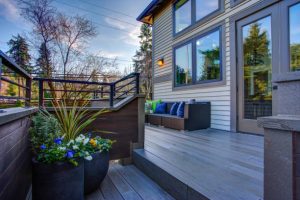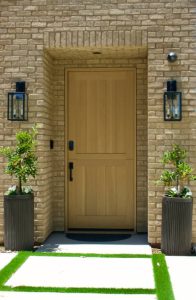The Dos and Don’ts Of Kitchen Design: 11 Great Tips
Absolutely, when considering the best kitchen design in Brisbane, here are some dos and don’ts:
Dos:
- Plan for Functionality: Design the layout with functionality in mind. Ensure easy access to frequently used items, optimize workspace, and maintain a logical workflow between cooking, cleaning, and storage areas.
- Invest in Quality Appliances: Purchase high-quality appliances that suit your needs. Energy-efficient and reliable appliances can make a significant difference in both performance and longevity.
- Maximize Storage: Incorporate ample storage solutions. Utilize cabinets, drawers, shelving, and innovative storage accessories to optimize space and keep the kitchen clutter-free.
- Consider Lighting: Implement a combination of task, ambient, and accent lighting. Well-placed lighting enhances functionality, ambiance, and highlights design elements within the kitchen.
- Choose Durable Materials: Opt for durable and easy-to-maintain materials. Countertops, flooring, and cabinetry should be both aesthetically pleasing and practical for daily use.
- Maintain Ventilation: Install proper ventilation to eliminate odors, excess heat, and grease. A well-ventilated kitchen ensures a comfortable cooking environment and prevents the buildup of unwanted smells.
- Create a Focal Point: Designate a focal point, such as a statement backsplash, an island, or a standout appliance. It adds visual interest and can tie the entire design together.
- Personalize with Details: Add personal touches through decor, accessories, or unique features. These details can reflect your personality and style without overwhelming the space.
- Test Samples: Before finalizing materials, test samples in your kitchen space. This helps visualize how colors, textures, and materials will look under different lighting conditions.
- Balance Aesthetics with Function: Strive for a balance between aesthetics and practicality. A beautiful kitchen that meets your functional needs will stand the test of time.
- Consult Professionals: Seek guidance from kitchen designers or professionals who can provide insights and expertise for a well-executed design.
Don’ts:
- Overcrowd the Space: Avoid cluttering the kitchen with too many decorative items or unnecessary appliances. Keep the design streamlined and functional.
- Ignore Safety Measures: Neglecting safety considerations, like proper wiring for appliances or sharp countertop edges, can lead to accidents. Safety should be a priority in the design.
- Neglect Workflow: Don’t disrupt the natural workflow in the kitchen. Ensure that the refrigerator, sink, and stove are conveniently located for efficient meal preparation.
- Forget About Maintenance: Don’t choose materials that are difficult to clean or maintain. Easy-to-clean surfaces save time and effort in the long run.
- Underestimate Lighting: Insufficient or poorly placed lighting can hinder functionality and diminish the overall ambiance of the kitchen. Lighting is crucial for both aesthetics and practicality.
- Sacrifice Quality for Cost: While budget is important, compromising on quality for cheaper alternatives might result in higher maintenance or replacement costs in the future.
- Follow Trends Blindly: Avoid blindly following design trends that might quickly become outdated. Instead, opt for timeless elements with a touch of contemporary flair.
- Overlook Ventilation: Inadequate ventilation can lead to moisture buildup and potential mold issues. Proper ventilation is essential for a healthy kitchen environment.
- Ignore Personal Style: While functionality is key, don’t sacrifice your personal style entirely. Incorporate elements that resonate with your taste and preferences.
- Rush the Planning Stage: Take the time to plan thoroughly before diving into the renovation. Rushing can lead to oversights and regrets later in the process.
- Dismiss Professional Advice: Designers and professionals offer valuable insights. Don’t dismiss their advice without consideration; their expertise can greatly enhance your design.
Following these dos and don’ts can help create a well-thought-out kitchen design that is both functional and visually appealing



